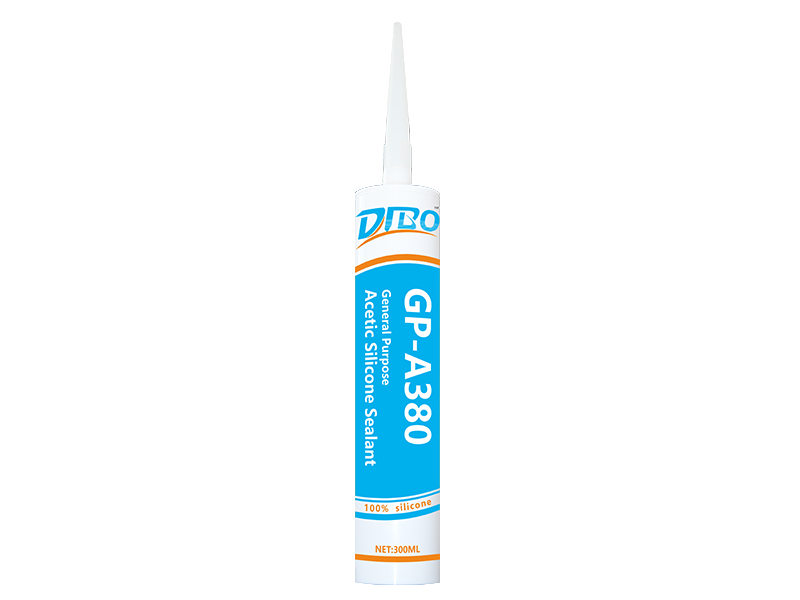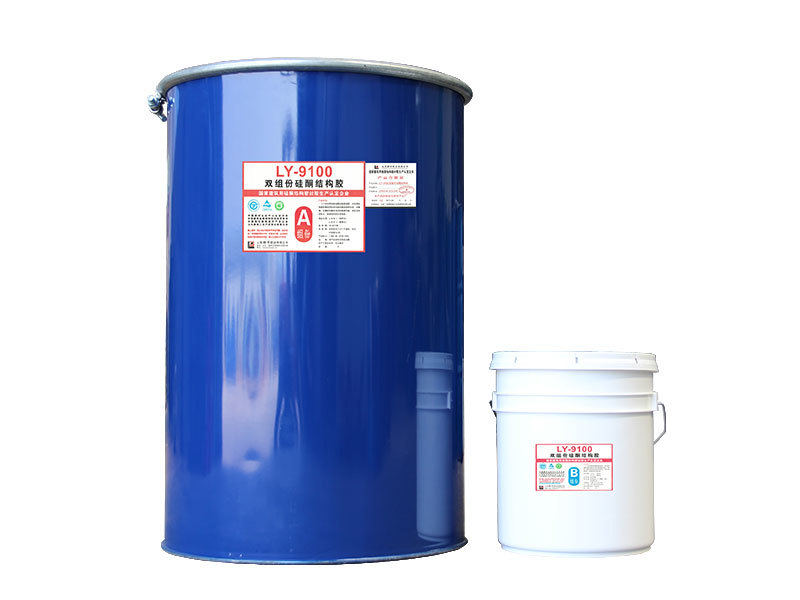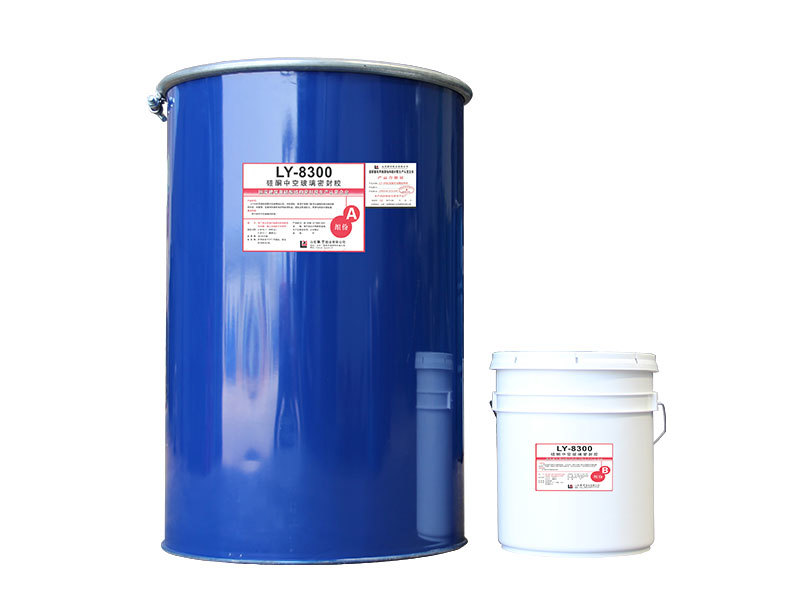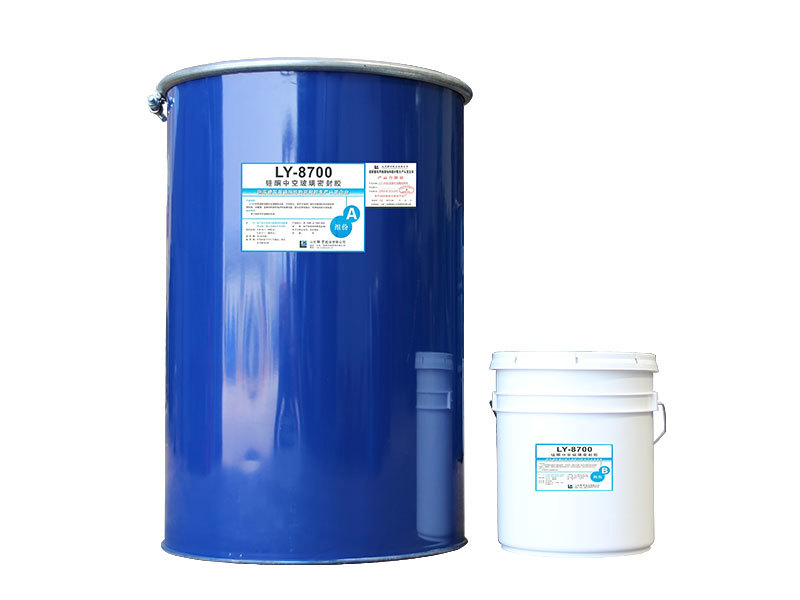The Impact of Weathering on Acidic Silicone Glue Durability: A Comprehensive Analysis
Upload Time:
2024-12-19
The Impact of Weathering on Acidic Silicone Glue Durability Table of Contents Introduction to Acidic Silicone Glue Understanding Weathering and Its Effects Chemical Composition of Acidic Silicone Glue Types of Weathering: Physical, Chemical, and Biological The Impact of Weathering on Durability Techniques to Protect Acidic Silicone Glue from Weathering Testing the Durability of Acid

The Impact of Weathering on Acidic Silicone Glue Durability
Table of Contents
- Introduction to Acidic Silicone Glue
- Understanding Weathering and Its Effects
- Chemical Composition of Acidic Silicone Glue
- Types of Weathering: Physical, Chemical, and Biological
- The Impact of Weathering on Durability
- Techniques to Protect Acidic Silicone Glue from Weathering
- Testing the Durability of Acidic Silicone Glue
- Real-World Applications and Case Studies
- Frequently Asked Questions (FAQs)
- Conclusion
Introduction to Acidic Silicone Glue
Acidic silicone glue, a widely used adhesive in various industries, has gained popularity due to its excellent bonding capabilities and versatility. This type of glue cures through a condensation reaction, releasing acetic acid as a byproduct. While it offers impressive initial adhesion and flexibility, understanding its durability in the face of weathering is crucial for optimizing its performance in real-world applications.
Understanding Weathering and Its Effects
Weathering refers to the process of breaking down materials through environmental factors such as temperature fluctuations, moisture, sunlight, and pollutants. For acidic silicone glue, weathering can significantly impact its durability, affecting adhesion integrity and overall performance. It is essential to analyze how these factors interact with the chemical composition and structure of the glue to better understand its long-term behavior.
Factors Contributing to Weathering
The primary environmental factors that contribute to weathering include:
1. **UV Radiation**: Sunlight exposure can degrade many adhesive materials, leading to yellowing, brittleness, and loss of adhesion.
2. **Moisture**: Water can penetrate adhesive seams, potentially leading to hydrolysis, which weakens the bond.
3. **Temperature Variations**: Extreme temperature changes can cause expansion and contraction, putting stress on the adhesive bond.
4. **Pollutants**: Chemicals in the atmosphere can react with acidic silicone glue, accelerating the degradation process.
Chemical Composition of Acidic Silicone Glue
Understanding the chemical structure of acidic silicone glue is fundamental to comprehending its durability. This adhesive primarily consists of silicone polymers, fillers, and curing agents. The silicone backbone provides flexibility and resistance to temperature extremes, while the acidic curing mechanism enhances the adhesive properties. However, the byproducts of curing, particularly acetic acid, can lead to issues in certain applications, especially when exposed to moisture over time.
Silicone Polymers and Their Properties
Silicone polymers are known for their elasticity, thermal stability, and resistance to moisture. These properties are crucial for applications in construction, automotive, and electronics. However, the interaction between silicone and environmental factors determines the longevity of the adhesive bond.
Types of Weathering: Physical, Chemical, and Biological
To grasp how weathering affects the durability of acidic silicone glue, it’s essential to distinguish between the types of weathering:
Physical Weathering
Physical weathering refers to the mechanical breakdown of materials due to environmental stressors. This can include temperature fluctuations that cause expansion and contraction in the silicone glue, leading to cracking or delamination.
Chemical Weathering
Chemical weathering involves the alteration of the chemical composition of materials due to reactions with environmental agents. For acidic silicone glue, moisture and UV radiation can lead to hydrolysis and photodegradation, respectively, which compromise the adhesive bond.
Biological Weathering
Biological weathering occurs when organisms, such as mold and bacteria, interact with materials. In humid environments, biological agents can degrade the surface of acidic silicone glue, reducing its effectiveness.
The Impact of Weathering on Durability
The impact of weathering on the durability of acidic silicone glue can be profound. Over time, exposure to environmental stressors can lead to:
1. **Loss of Adhesion**: Weathering can weaken the bond between surfaces, leading to potential failure in applications where strong adhesion is critical.
2. **Brittleness**: As the glue ages and is subjected to UV radiation, it can become brittle, increasing the likelihood of cracking and disintegration.
3. **Color Change**: Prolonged exposure to sunlight can cause the adhesive to yellow, affecting aesthetic appeal in visible applications.
4. **Reduced Flexibility**: Weathering can impair the flexibility of the glue, making it less effective in applications requiring movement or expansion.
Techniques to Protect Acidic Silicone Glue from Weathering
To enhance the longevity of acidic silicone glue in various applications, several protective techniques can be employed:
1. UV-Resistant Coatings
Applying UV-resistant coatings can shield the adhesive from harmful sunlight. These coatings can significantly extend the life of acidic silicone glue in outdoor settings.
2. Moisture Barriers
Using moisture barriers can prevent water infiltration, reducing the risk of hydrolysis and maintaining the integrity of the adhesive bond.
3. Temperature Control
Implementing temperature control measures in environments where acidic silicone glue is used can help minimize stress from thermal expansion and contraction.
4. Regular Maintenance
Conducting regular inspections and maintenance can help identify early signs of weathering and allow for timely interventions to preserve adhesive integrity.
Testing the Durability of Acidic Silicone Glue
Testing the durability of acidic silicone glue under various weathering conditions is essential for understanding its long-term performance. Several standardized tests can be conducted, including:
1. Accelerated Aging Tests
These tests expose the glue to extreme UV radiation and temperature fluctuations to simulate years of weathering in a shorter time frame.
2. Adhesion Tests
Adhesion tests measure the bond strength of the glue after exposure to specific environmental conditions to assess its effectiveness.
3. Hydrolysis Tests
Testing how the glue performs in high-moisture environments can provide insights into its durability and resistance to hydrolysis.
Real-World Applications and Case Studies
Acidic silicone glue is used in numerous applications, ranging from construction to automotive industries. Here, we explore some case studies that illustrate the impact of weathering on adhesive performance:
Construction Industry
In construction, acidic silicone glue is often used for sealing windows and doors. Case studies demonstrate that projects exposed to extreme weather conditions without protective measures experienced adhesive failure, leading to costly repairs.
Automotive Industry
In automotive applications, acidic silicone glue is used for bonding components subject to vibration and temperature changes. An analysis of vehicles subjected to harsh climates revealed that applying protective coatings significantly improved adhesive longevity.
Frequently Asked Questions (FAQs)
1. What is acidic silicone glue used for?
Acidic silicone glue is commonly used in construction, automotive, and electronic applications for its strong adhesion and flexibility.
2. How does weathering affect acidic silicone glue?
Weathering can lead to loss of adhesion, brittleness, color change, and reduced flexibility, compromising the performance of the adhesive.
3. Can acidic silicone glue be used outdoors?
Yes, acidic silicone glue can be used outdoors, but protective measures such as UV-resistant coatings are recommended to enhance its durability.
4. What are common signs of weathering in acidic silicone glue?
Common signs include yellowing, cracking, and a loss of adhesive strength, which can indicate that the glue has been affected by environmental factors.
5. How can I improve the durability of acidic silicone glue?
Implementing protective measures, conducting regular maintenance, and selecting appropriate formulations can significantly improve the durability of acidic silicone glue.
Conclusion
The durability of acidic silicone glue is significantly influenced by weathering, with environmental factors playing a crucial role in its long-term performance. Understanding the impacts of physical, chemical, and biological weathering can help industries make informed decisions regarding the use of this versatile adhesive. By employing protective techniques and conducting thorough testing, we can ensure that acidic silicone glue retains its efficacy across various applications, ultimately leading to more durable and reliable results.
Relevant News




